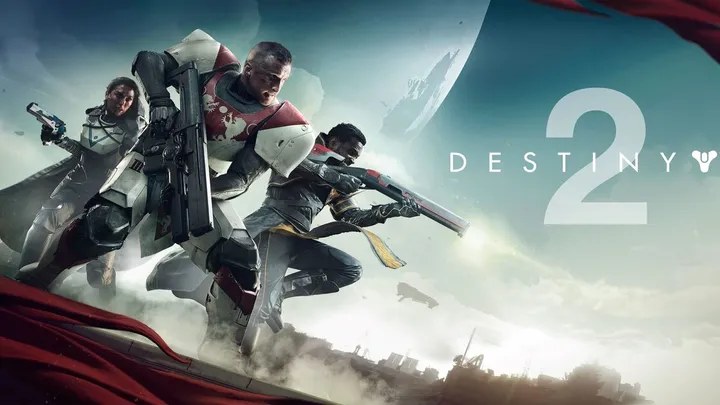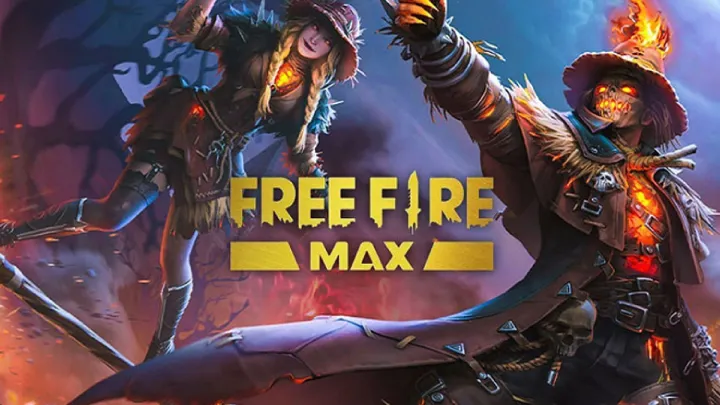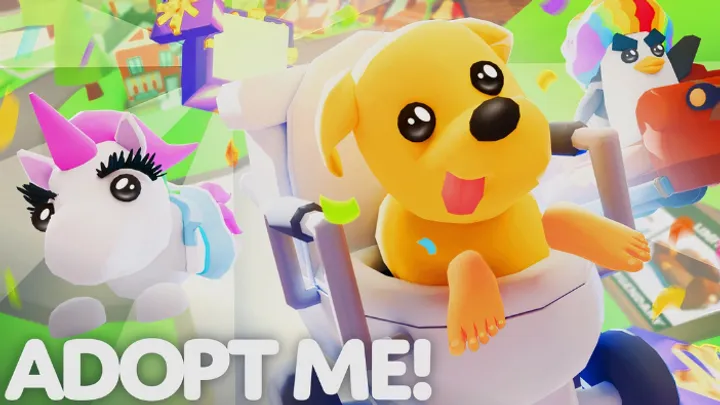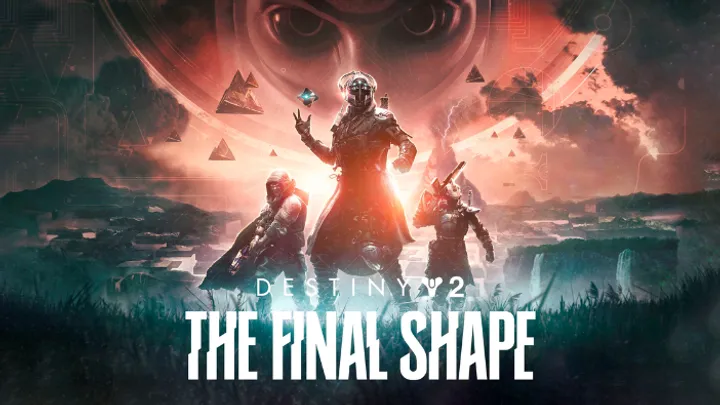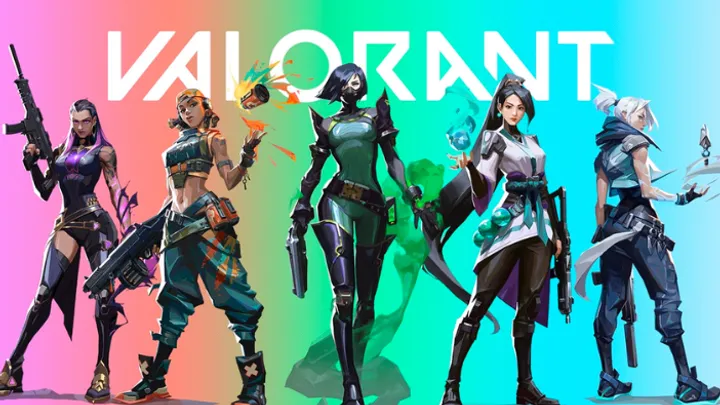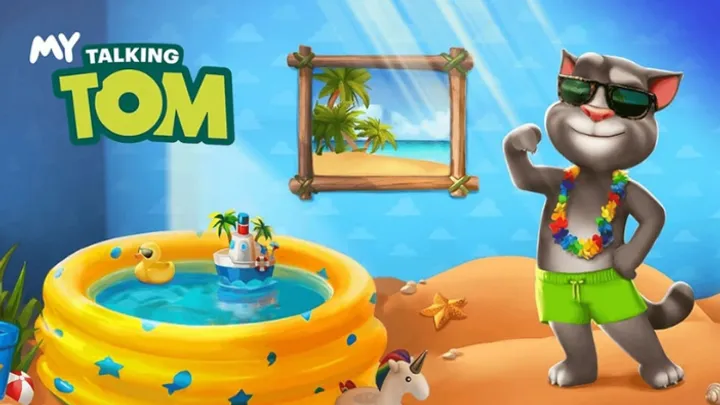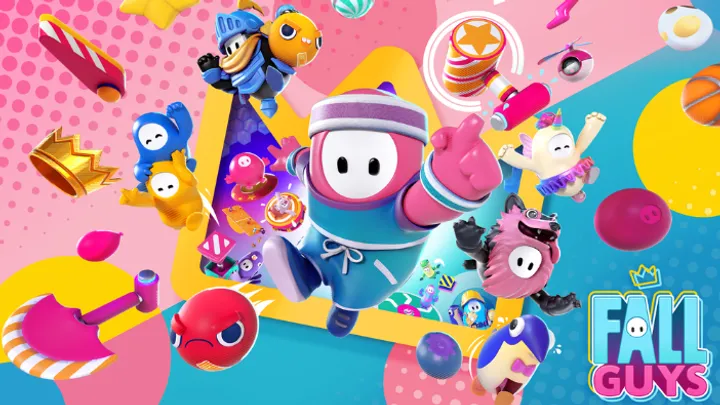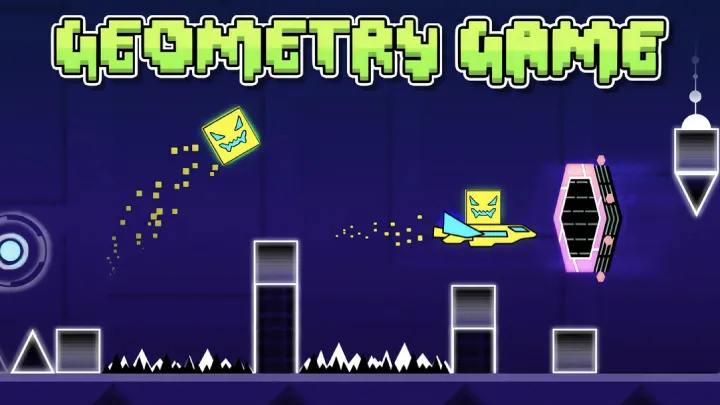Soul Dossier entered the gaming scene with a bold ambition: to blend the asymmetrical horror formula with Chinese folklore, creating a uniquely cultural twist in a genre dominated by titles like Dead by Daylight and Identity V. Yet, beyond its haunting visuals and lore-heavy backdrop, one issue stands out more than any other — the struggle of identity. This is not about a single bug, balance patch, or monetization complaint; it is about the deeper problem of how Soul Dossier defines itself in a crowded market, and whether it succeeds in becoming something distinct. This article explores that identity crisis across different stages of the game’s evolution, analyzing how design, community reception, and long-term direction shaped its fate.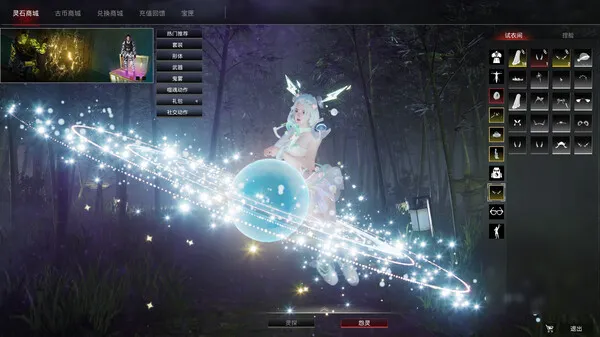
The Origins of Soul Dossier’s Identity Problem
When Soul Dossier was first revealed, the pitch was immediately compelling. Instead of Western slasher tropes, the game promised immersion into Chinese spiritual folklore, featuring exorcists, spirits, and mythological monsters. The art direction leaned heavily into Taoist traditions, paper talismans, and eerie environments that drew directly from East Asian horror films. At first glance, this promised a refreshing break from the repetitive killers and survivors formula seen in other games.
But from its earliest trailers, comparisons to Dead by Daylight overshadowed the excitement. Players immediately pegged it as a “reskin” rather than a reimagining. This perception of being derivative stuck, even before the game launched. Developers found themselves defending design choices rather than celebrating them, an early sign of the identity crisis that would later grow more severe.
Launch Hype Versus Community Perception
On launch, Soul Dossier attracted both domestic and international players curious about its folkloric inspirations. The initial reception was mixed. Some praised the unique character designs and cultural backdrop, while others criticized clunky controls and unrefined gameplay loops.
This clash between expectation and reality defined the game’s identity from the start. Where Dead by Daylight had established a streamlined yet punishing rhythm of chase, hook, and rescue, Soul Dossier leaned into ritual mechanics, spell-casting, and spiritual cleansing. Unfortunately, these mechanics often felt confusing or poorly explained to new players. The game became harder to approach than its peers, and word-of-mouth often described it as “a beautiful but unpolished clone.”
The Gameplay Loop Dilemma
Every asymmetrical horror game lives or dies by its core loop. In Soul Dossier, survivors — framed as Taoist exorcists or ordinary villagers — attempt to seal away vengeful spirits by activating talismanic shrines, gathering spiritual power, and performing rituals. Hunters, on the other hand, embody mythological creatures and spirits tasked with eliminating the survivors before the ritual completes.
On paper, this is distinct from the generator-fixing mechanics of Dead by Daylight. Yet, in practice, the pacing felt too similar. Survivors would scatter, complete objectives under pressure, and regroup if possible. Hunters patrolled, disrupted, and executed. Without stronger mechanical divergence, the folklore wrapper could not mask the similarity. Players questioned if they were essentially playing the same game with an aesthetic filter, deepening the identity struggle.
Cultural Strength or Niche Limitation?
The strongest point of Soul Dossier was also its greatest weakness — the heavy reliance on Chinese folklore. On one hand, this cultural grounding created an atmosphere unlike any other. The monsters were drawn from legends unfamiliar to Western audiences, making them unpredictable and terrifying. The sound design, talismans, and environments dripped with authenticity.
Yet for global players, the depth of cultural references sometimes became alienating. Without clear localization or storytelling bridges, many mechanics and design motifs lacked context. A Western player who understood why Freddy Krueger is scary in Dead by Daylight might struggle to appreciate the full fear of a Jiangshi if the lore wasn’t explained in-game. The developers walked a fine line between authenticity and accessibility, and often, they failed to balance both.
The Problem of Balance and Fairness
Another dimension of Soul Dossier’s identity crisis came through its balance. Hunters often felt overpowered, using supernatural abilities that survivors had little chance of countering. In contrast, survivors relied on coordination, but public matchmaking rarely delivered that level of cooperation. Matches frequently ended in frustrating one-sided wipes, discouraging new players from sticking around.
The game’s attempt to differentiate with unique abilities — such as ritual sealing or spirit banishing — created more imbalance. Some spirits had near-instant crowd control abilities, while certain survivors could stall indefinitely with defensive spells. Instead of showcasing innovation, the mechanics reinforced the perception of unpolished systems. Players began to question whether Soul Dossier wanted to be competitive or narrative-driven, a confusion that only worsened its identity issues.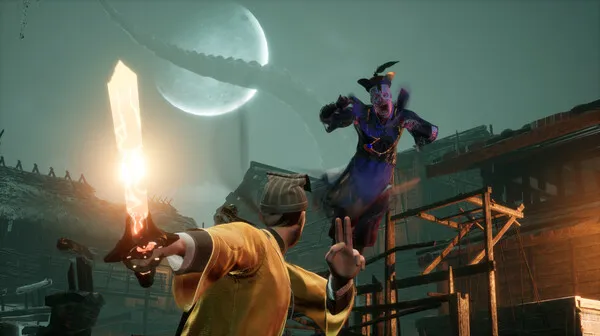
Monetization and the Identity of Value
As with many multiplayer titles, Soul Dossier relied on cosmetic monetization. Costumes, talisman effects, and skins for both exorcists and spirits became the main revenue stream. While this seemed harmless, it revealed another fracture in the game’s identity.
Rather than highlighting cultural themes, many skins leaned into flashy or out-of-place aesthetics. Spirit characters received cartoonish designs that undermined the horror atmosphere, while survivors gained outfits that resembled generic anime costumes. This shift diluted the original folkloric aesthetic, leaving the game visually inconsistent. Monetization clashed with identity — the desire for profit directly compromised the carefully built atmosphere, leaving players unsure of what kind of game Soul Dossier wanted to be.
The Struggle with Global Competition
Soul Dossier entered a brutal arena. Dead by Daylight had years of polish, licensed killers, and an enormous player base. Identity V catered to mobile audiences with stylized art and accessibility. Other regional games like Home Sweet Home: Survive offered localized competition.
In this landscape, Soul Dossier struggled to find its voice. It was too similar to Dead by Daylight to be considered revolutionary, but too mechanically rough to surpass it. Its folkloric uniqueness was real, but niche — appealing to a limited audience rather than a broad one. Global players often tried it, admired its aesthetics, but returned to established titles. The question of identity was not just internal; it was market-driven. The game lacked a clear reason for players to stay long-term.
Community Reactions and Player Base Decline
The community around Soul Dossier became a microcosm of its identity problem. Loyal fans praised its artistry and begged for improvements, while casual players abandoned it quickly. Forums were filled with debates about whether the game should lean more into narrative-driven modes, competitive balance, or cultural storytelling.
This fragmentation prevented a unified identity from forming. Dead by Daylight’s community rallies around meta strategies and killer releases; Identity V thrives on accessibility and seasonal events. Soul Dossier, by contrast, became a battleground of ideas — each update pleasing one segment while alienating another. As player numbers dropped, the identity crisis became existential: a game with a fractured community risks losing its soul entirely.
Attempts at Reinvention
The developers did not ignore the problem. Over time, patches introduced tutorial improvements, balance tweaks, and lore events. Seasonal updates experimented with narrative-driven game modes, where players explored haunted scenarios rather than competitive matches. These showed glimpses of a different future — one where Soul Dossier leaned into its folklore and storytelling rather than copying the competitive template.
However, these reinventions came too late for many. By the time the game stabilized, much of its audience had already left. Reinvention requires not just new content, but a clear declaration of identity: what makes this game worth your time? Soul Dossier never fully articulated that, leaving even its reinventions feeling like desperate experiments rather than confident pivots.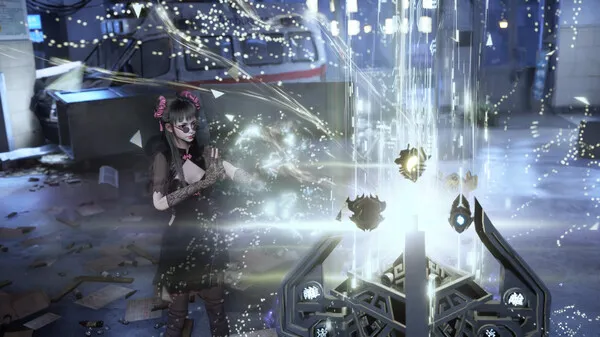
The Legacy of Soul Dossier’s Identity Struggle
Today, Soul Dossier remains a cautionary tale in asymmetrical horror. It teaches developers that cultural uniqueness, while powerful, is not enough on its own. Games need clear mechanical identity, consistent artistic direction, and a unified community vision. Soul Dossier tried to be many things — a competitor to Dead by Daylight, a cultural showcase, a narrative experience — but in trying to be everything, it failed to solidify its own place.
Its legacy is bittersweet. Fans will remember it as the game that brought Taoist exorcism and mythological spirits into the genre, but also as the game that could not decide whether it wanted to be folklore horror, competitive e-sport, or casual fun. The lesson is simple: identity is not just aesthetic. It is mechanical, cultural, and communal. Without all three aligning, even the most beautiful game can become forgotten.
Conclusion
Soul Dossier’s greatest issue was never bugs, monetization, or lack of content. It was identity. From its earliest trailers to its late-stage patches, the game struggled to answer one question: what makes it truly different? Wrapped in the haunting beauty of folklore yet weighed down by comparisons, it became a game admired for what it represented but criticized for what it failed to define. In the end, Soul Dossier is not just a story of an asymmetrical horror game — it is a lesson in the importance of clarity, focus, and staying true to a vision.
Pros
- Unique use of Chinese folklore and mythology
- Atmospheric environments and strong art design
- Interesting ritual-based survivor mechanics
Cons
- Lack of clear mechanical identity
- Balance issues and frustrating gameplay loops
- Monetization diluted artistic direction
- Niche appeal limited global reach
Rating: 6.5/10





